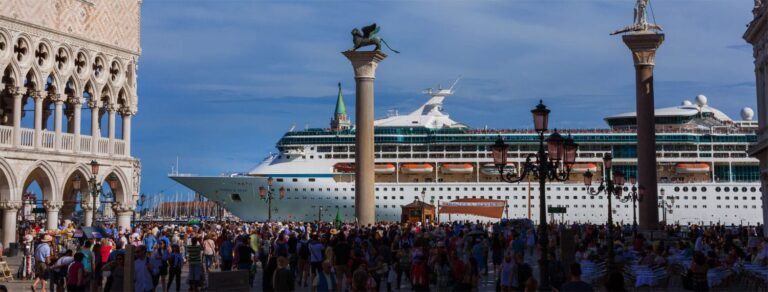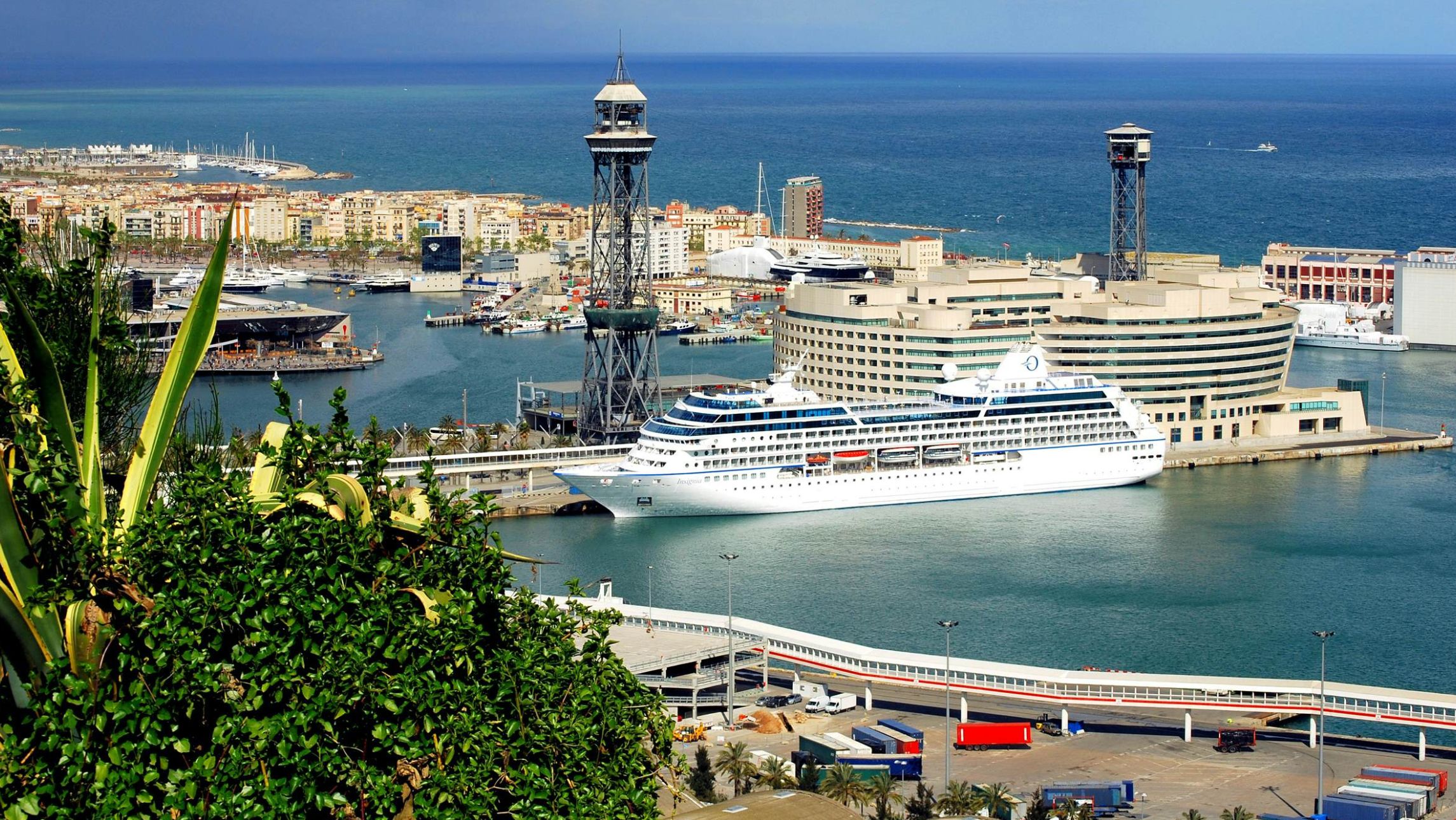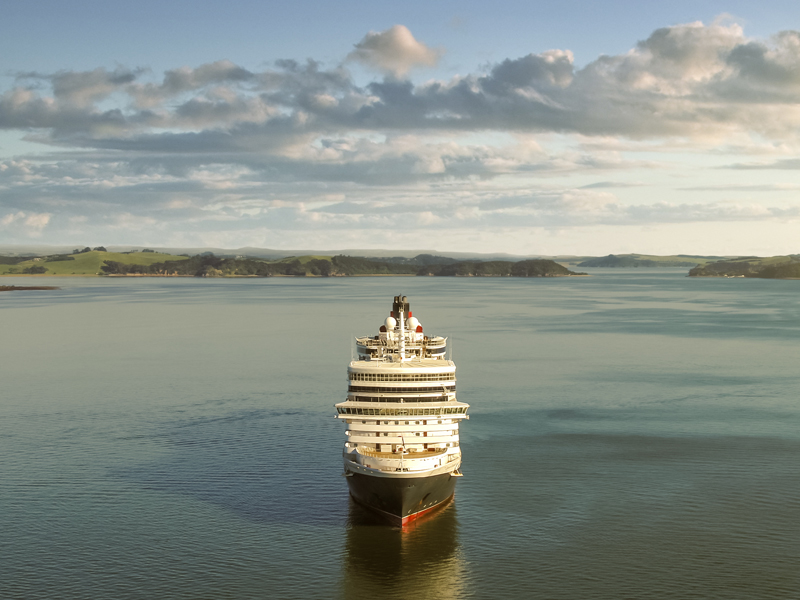More than a quarter of cruise ports are moving to cap cruise calls following overtourism concerns in countries with bustling cruise ports for the past three years.
A recent survey of worldwide cruise ports by Seatrade Cruise News revealed that 27 per cent of ports have restrictions to cap the number of cruise calls/passengers either in place or proposed.
Venice, Dubrovnik and Santorini are a few of the notable tourist hubs that have decided to limit the number of cruise ships in acknowledgement of increasing opposition from the local community towards overcrowding caused by tourists.
Authorities are looking to manage congestion and protect heritage sites by putting a cap on cruise calls or redirect ships to dock outside the city centre in Italy’s case.
Closer to home, Tasmania’s Port Arthur and Auckland Harbour in New Zealand, which are experiencing a cruise boom after being actively marketed, are also receiving similar complaints from local residents.
“There is not a one-size-fits-all solution. Each day across our industry, our member cruise lines are keenly and proactively engaging with destinations, and port authorities to find solutions that ensure destinations are strengthened and preserved,” says Joel Katz, Managing Director of Cruise Lines International Association (CLIA) Australasia.
“Cruise ships are one of the more high-profile and easy-to-target flashpoints when destination sustainability is discussed, due to their size and visibility. However, the cruise industry is only a small part of a challenge facing the entire tourism sector. As an industry, we need and want to be a part of the solution.”
Overtourism bring fears of not only congestion that puts heritage sites at risk, but also environmental concerns caused by emissions from cruise ships.
Cruise lines are already working towards using cleaner fuels and installing scrubbers on up to 40 per cent of their fleet to reduce emissions.
Some lines like Norwegian Cruise Lines and various brands under Carnival Corporation are also adopting cold ironing whenever the port allows, where ships use shoreside power, so vessels can turn off their engines while in port.
But the survey report shares that several ports have expressed that cruise lines need to be more transparent about the nature of those emissions such that ports and local authorities have the information needed to reassure local communities about the air quality.









I agree fully Ernie. I believe our grotty terminal may have something to do with it
I’m not sure where is this coming from but it’s all “fake news” so as the commsnts. The exception it’s not the rule, most of the places ships are going the locals embrace the tourists, very much needed it for the economy.
People grow up and take responsibility for your actions and don’t point fingers when Australia it’s worse, parc your car in the city one minute longer and it’s gone plus a fine of 400aud. You go to Rome you do what the Romans do.
And guess what port facilities in Australia are terrible that’s why they don’t sail out your cities…but who has eyes to see all this?!
After visiting Rome late September 2018, I found the locals fed up with tourists and openly saying so. Even the shop traders were showing a poor attitude to tourists. The locals ignored the rubbish bins overflowing along the streets in the heat. The amount of armed guards on the streets did not help for a relaxing time. The fines for not being told how to use the bus ticket system correctly were disgraceful. I would hate the beautiful city of Venice to stop cruise ships docking. Dubrovnik does need protection as it is a small place with narrow roads. Santorini caused some headaches as many tourists lost their wallets/purses/mobile and even water bottles after a visit to a particular church.
There is a West coast to Australia
Certainly no over porting problem is the West coast as no ship of any distinction comes to us too often,my friends and I have given up cruising for the lack of patronage thru Fremantle,we used to have a great cruise to Asia and return but even that is phasing out.
Dissatisfied
Ernie Weston
Perth
WA
0448012750